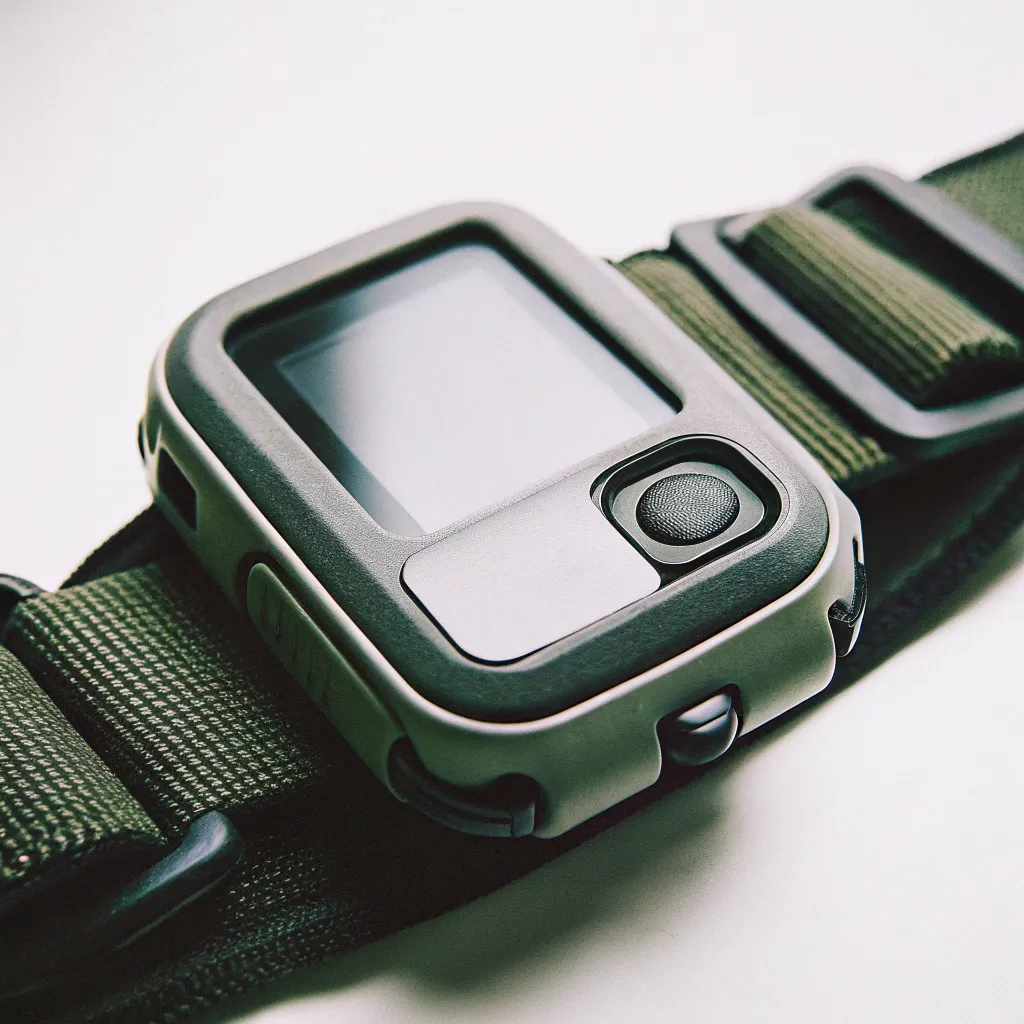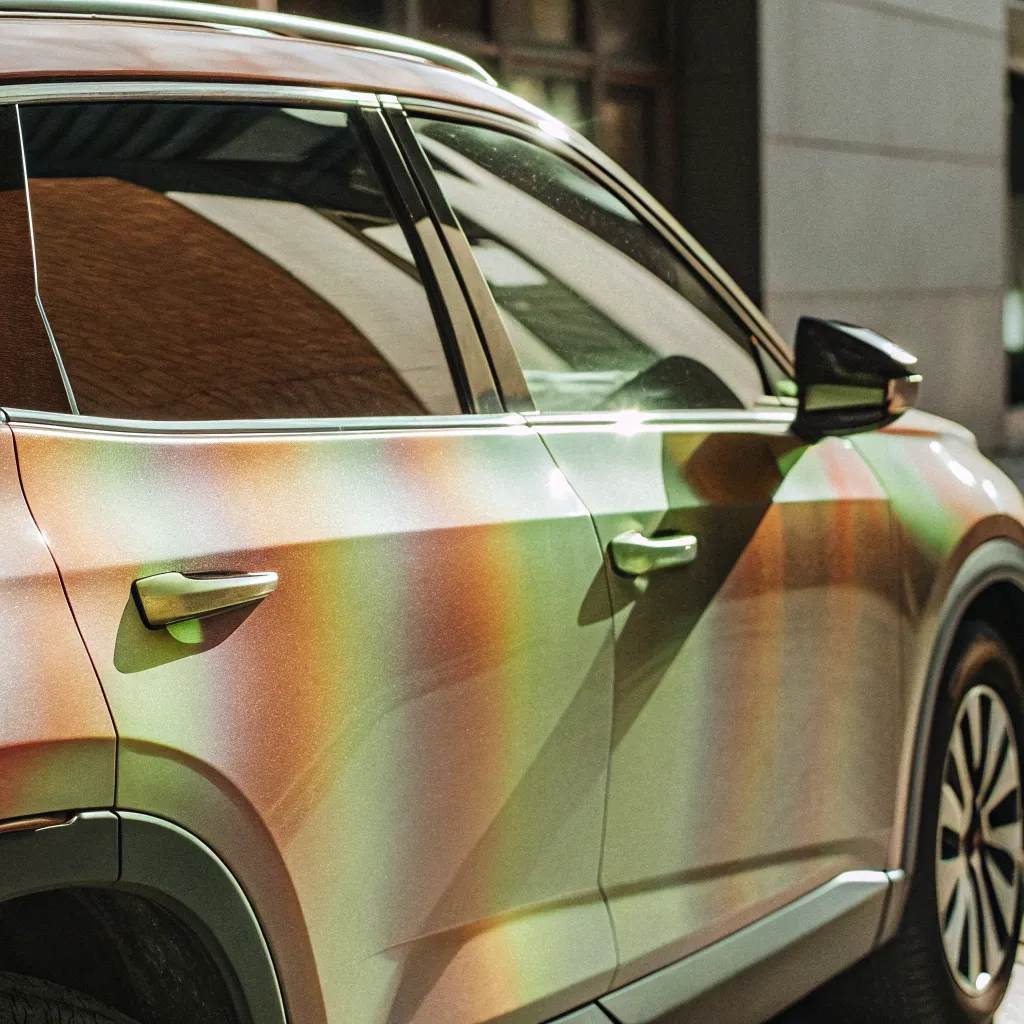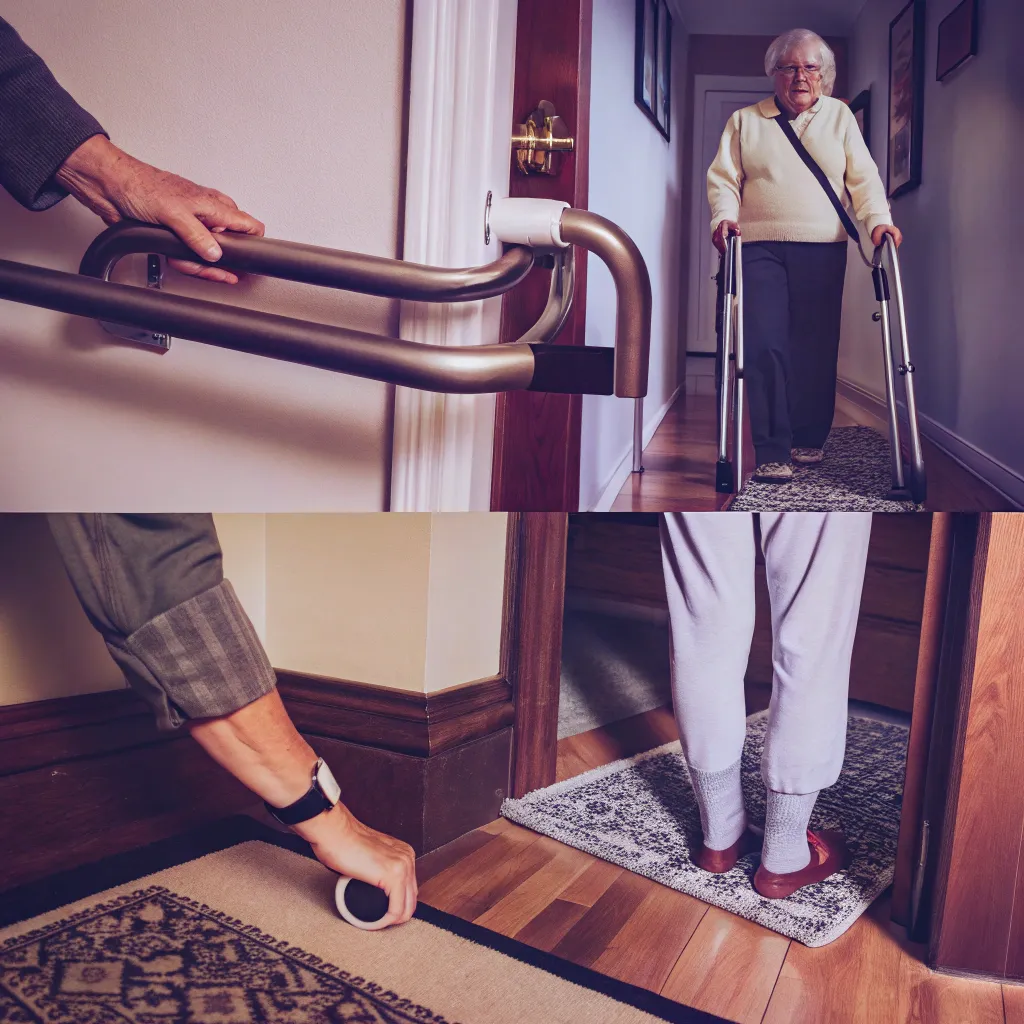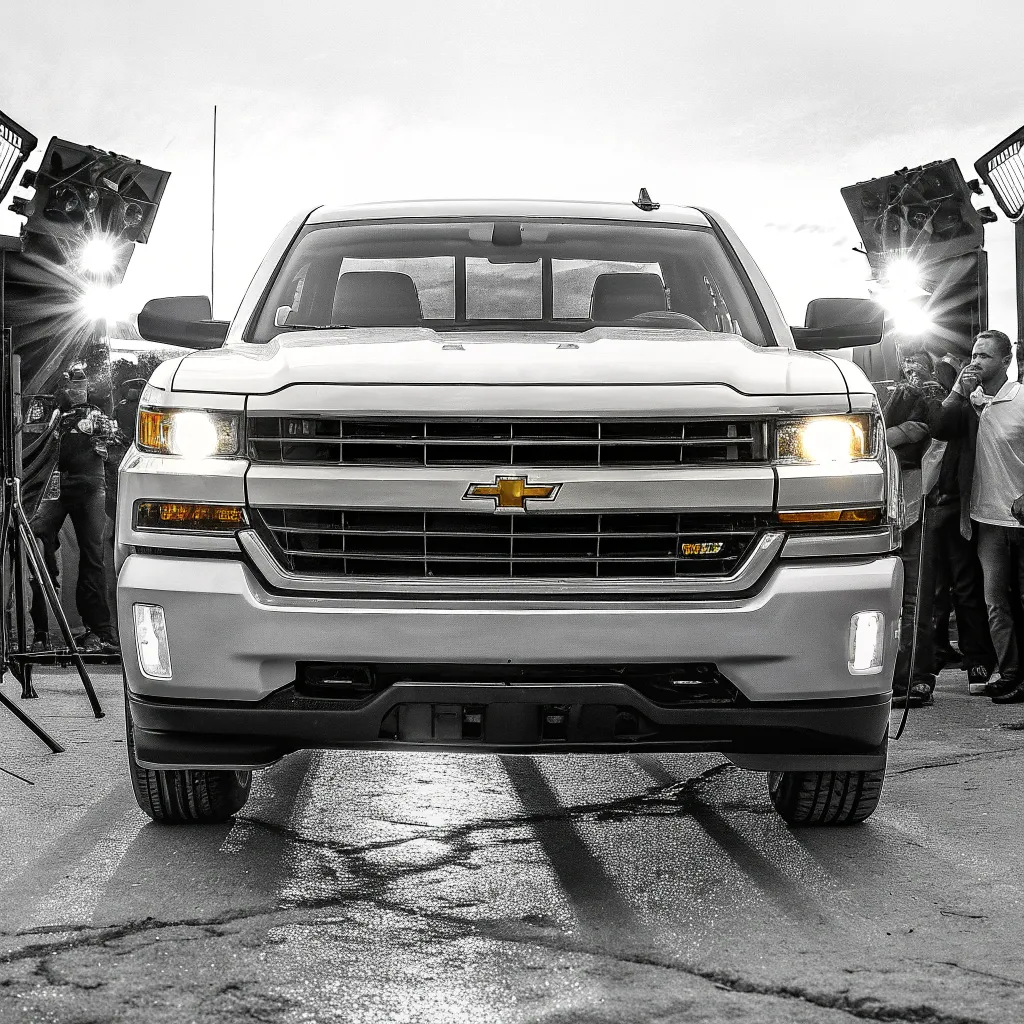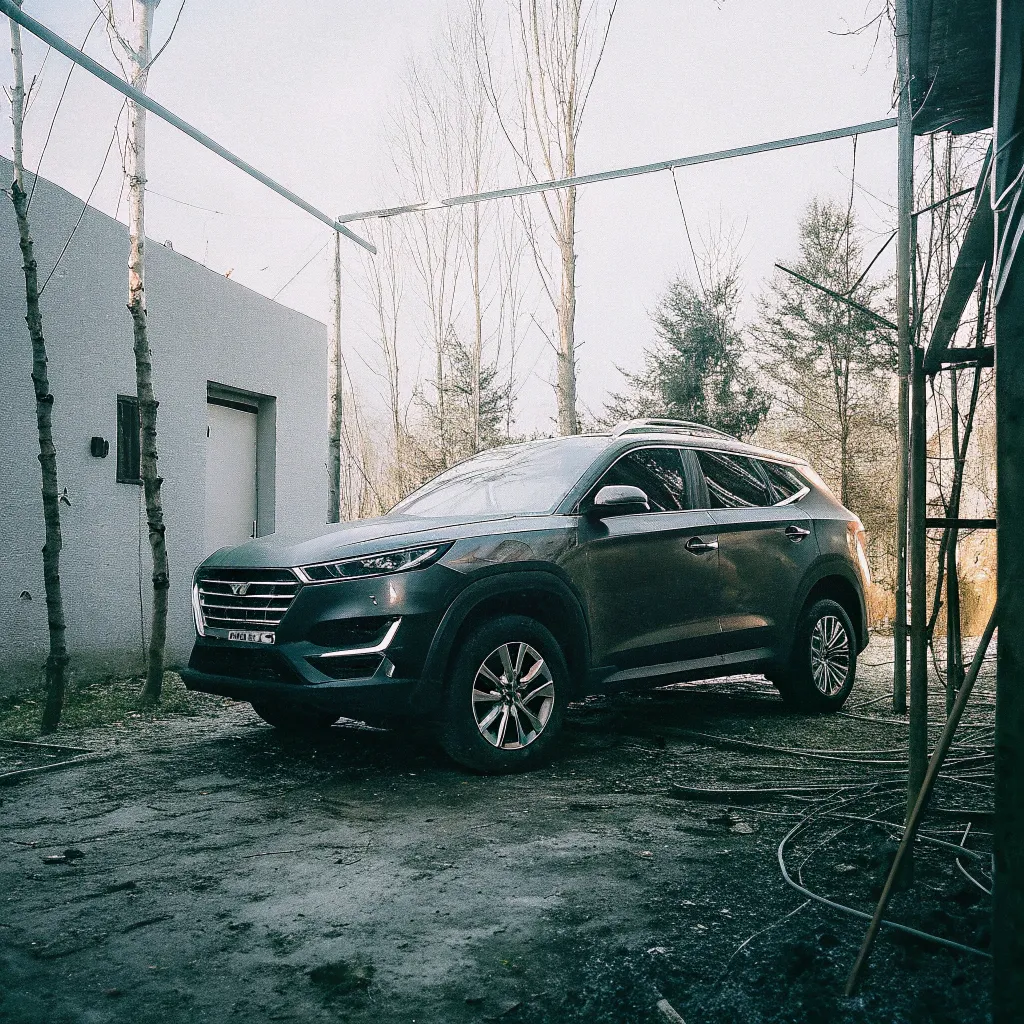The travel landscape is changing rapidly, and wearable technology has become an essential companion for modern explorers. With the global wearable tech market projected to reach $208.78 billion in 2025 and expected to soar to $1695.46 billion by 2032, travelers face an overwhelming array of options. But which devices actually enhance your journey, and which just add weight to your carry-on?
The Evolution of Travel Wearables
Remember when a money belt was the height of travel tech? Those days are long gone. Today's wearables seamlessly integrate with our travel experiences, offering everything from real-time translation to health monitoring that works across time zones.
The wearable technology market is experiencing explosive growth, with a compound annual growth rate (CAGR) of 13.6% expected from 2025 to 2030, according to Grand View Research. Even more impressive, Fortune Business Insights projects a staggering 34.9% CAGR through 2032. This acceleration is particularly evident in travel-focused wearables, where functionality now extends far beyond step counting.
Travel-specific wearables have evolved from novelties to necessities, with hotels, airlines, and tour operators all incorporating wearable tech into their service offerings. The hospitality industry has embraced these technologies to enhance guest experiences through personalized service delivery and streamlined operations.
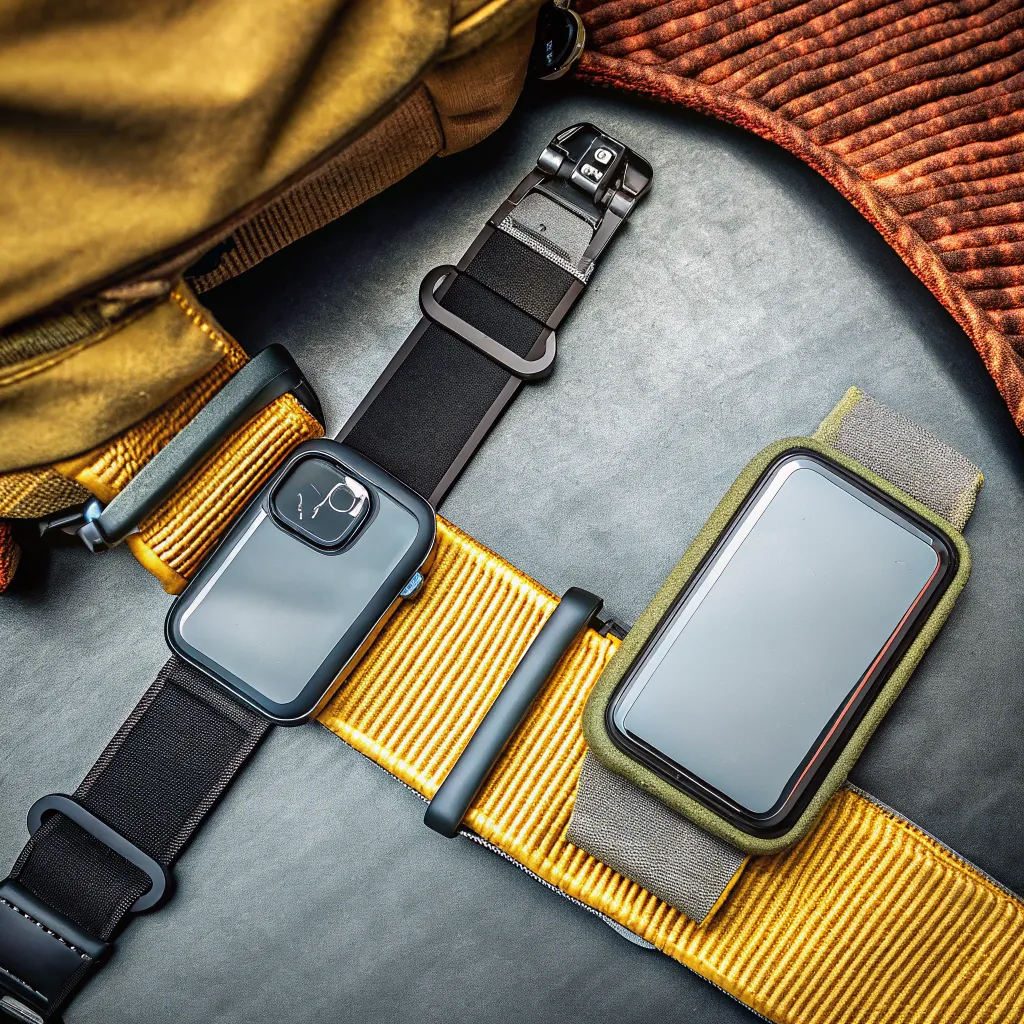
Smart Glasses: Your New Travel Companion?
The Ray-Ban Meta glasses have emerged as a standout in the smart eyewear category, particularly for travelers seeking functionality without sacrificing style.
A recent Reddit review highlighted how the 2025 model has addressed previous limitations. The newest version features transitions xtractive polarized lenses that "get dark as sunglasses almost immediately when outside," solving the persistent problem of screen visibility in bright conditions that plagued earlier models.
What makes these smart glasses particularly valuable for travelers:
- Hands-free navigation through unfamiliar cities
- Instant translation of signs and menus (now supporting 47 languages)
- Point-of-interest identification with historical context
- Discreet photo and video capture of travel moments
The battery life has improved to 9 hours of active use, making them practical for full days of exploration. While the $399 price tag isn't insignificant, their versatility as both everyday eyewear and travel tech makes them worth considering.
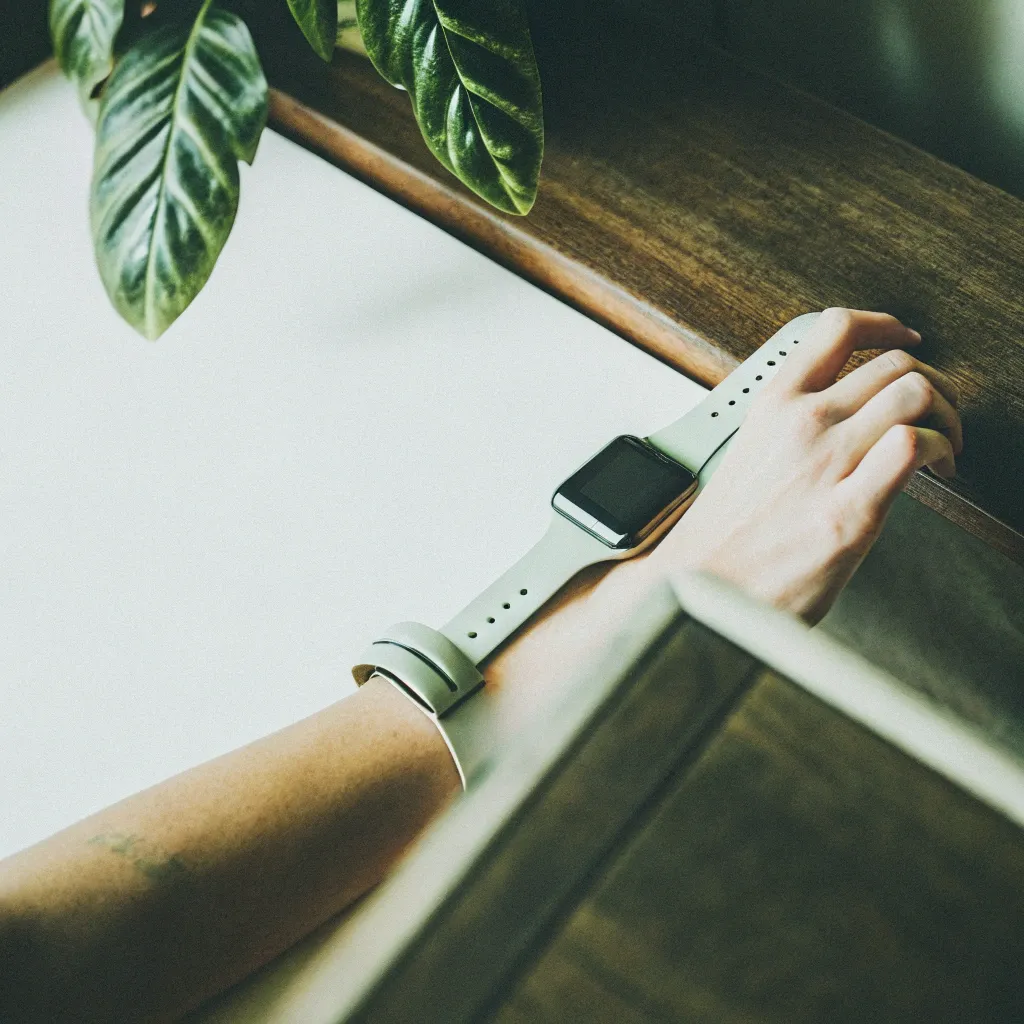
Not ready for full smart glasses? Transition lenses like those mentioned in the Reddit review provide adaptability in changing light conditions without the tech investment.
Wearable Translation Devices: Breaking Language Barriers
Language barriers remain one of travel's most persistent challenges. The latest generation of wearable translators has made remarkable progress in natural-sounding, real-time translation.
The Timekettle WT2 Edge earbuds have become a traveler favorite, offering simultaneous translation in 40 languages and 93 accents. At $299, they're not cheap, but they've liberated travelers from the awkwardness of passing phones back and forth or typing into translation apps.
Lily, a pendant-style translator worn around the neck, has gained popularity for its simplicity and effectiveness. Its omnidirectional microphones capture conversations more effectively than earbuds in noisy environments like markets or busy restaurants.
These devices aren't perfect—they still struggle with heavy accents and slang—but they've progressed from novelties to genuinely useful tools that can transform your travel experience.
Health and Safety Wearables for the Global Traveler
Health monitoring has become increasingly sophisticated in wearable form, with devices now capable of tracking everything from sleep quality across time zones to altitude adaptation.
The latest Apple Watch Ultra (released late 2024) includes features specifically designed for travelers:
- Automatic time zone adjustment with sleep cycle optimization
- Water quality alerts when swimming in unknown waters
- Enhanced emergency SOS with global coverage
- Altitude sickness warning system
For adventure travelers, the Garmin Fenix 9 Pro Solar offers unmatched battery life (up to 30 days in smartwatch mode) and detailed topographic maps for over 2,000 ski resorts and hiking destinations worldwide.
Perhaps most innovative is the CarePredict Tempo Series 3, a wristband designed for solo travelers that can detect falls or unusual activity patterns and alert emergency contacts with your precise location.
Smart Luggage Tags and Trackers: Never Lose a Bag Again
While not worn on the body, smart luggage tags have become essential wearables for your belongings. The latest generation goes far beyond simple tracking.
The ViewTag Electronic Baggage Tag, which several airlines now support, allows you to update your bag's destination electronically through your smartphone, eliminating the need for paper tags and reducing check-in time.
Apple's AirTags remain popular for their simplicity and integration with the Find My network, but travelers should note that some countries have restrictions on their use due to privacy concerns.
For ultra-security conscious travelers, the Dynotag Web/GPS tags require no batteries or apps, instead using QR technology linked to a secure online profile that can be updated remotely with your travel details.
What's Actually Worth Buying in 2025?
With countless options available, here's what deserves space in your travel kit this year:
Worth The Investment
- Multilingual Smart Earbuds - For independent travelers exploring regions with language barriers
- UV-Sensing Jewelry - Particularly valuable for fair-skinned travelers or those visiting high-UV destinations
- Smart Glasses - If you're already an eyeglass wearer, the added functionality justifies the upgrade
Skip For Now
- Smart Clothing - Still overpriced and underperforming with limited washability
- Most Sleep Wearables - Phone apps provide similar functionality without additional hardware
- First-Generation Products - Let others be the beta testers for newly released wearables
How Is Wearable Tech Changing the Travel Industry?
The impact of wearable technology extends beyond individual travelers to reshape the entire travel ecosystem. According to the Enterprise Wearable Blog, the main benefit for the travel and hospitality industry is "improved customer service" through personalized experiences.
We're seeing this materialize in fascinating ways:
- Disney's MagicBand+ has evolved from simple park admission to an interactive experience enhancer
- Major hotel chains now offer wearable room keys with integrated payment systems
- Airlines are testing biometric wearables to replace boarding passes and identification
For industry professionals, wearables like the Kardex Wearable Task Assistant showcased at ProMat 2025 are revolutionizing behind-the-scenes operations in airports and hotels.
Sustainability Concerns: The Dark Side of Travel Tech
The rapid innovation in wearables comes with environmental consequences. Most devices have a relatively short lifespan, with batteries typically degrading within 2-3 years and software support often ending before the hardware fails.
When choosing travel wearables, consider:
- Devices with replaceable batteries
- Companies with transparent recycling programs
- Products designed for repair rather than replacement
- Multi-functional wearables that replace several single-purpose devices
Some manufacturers like Garmin and Casio have introduced solar-charging capabilities to extend battery life and reduce charging needs while traveling.
Finding Your Perfect Travel Tech Companion
The ideal wearable tech for your travels depends entirely on your travel style, destinations, and personal preferences. A solo backpacker in Southeast Asia needs different tech than a business traveler in Europe or a family on a Caribbean cruise.
Before investing, ask yourself:
- What specific travel problems am I trying to solve?
- Will this device work in all my planned destinations?
- Does it require constant connection to my phone to be useful?
- How will it perform in extreme weather or remote locations?
- Does it add enough value to justify both the cost and the space in my bag?
The best travel wearables are those you actually use—devices that solve real problems without creating new ones. As we move through 2025, the line between essential gear and expensive gimmicks continues to blur, but focusing on your specific needs will help you navigate this rapidly evolving landscape.
What's your must-have travel wearable? The perfect travel tech is as individual as your journey itself.

